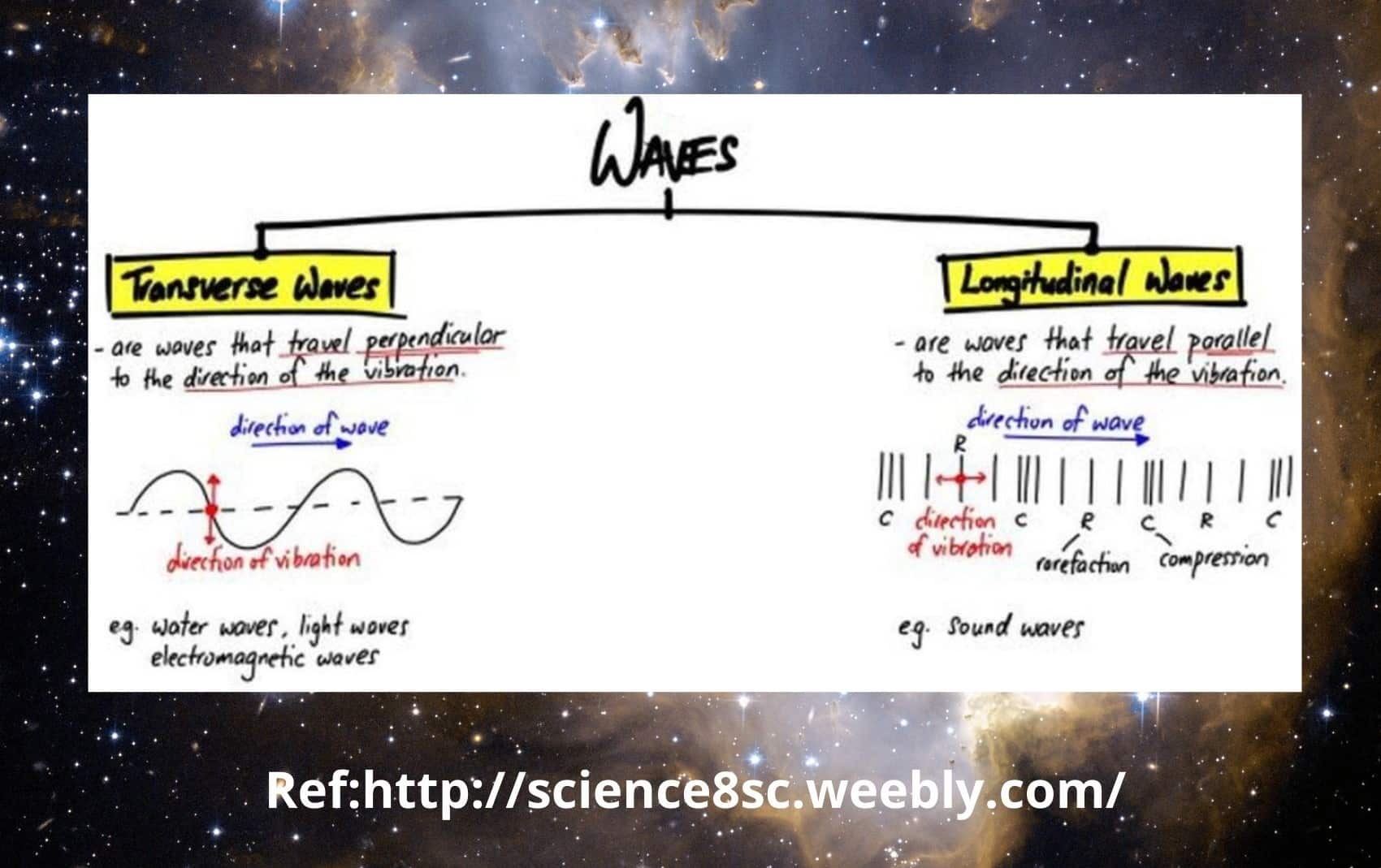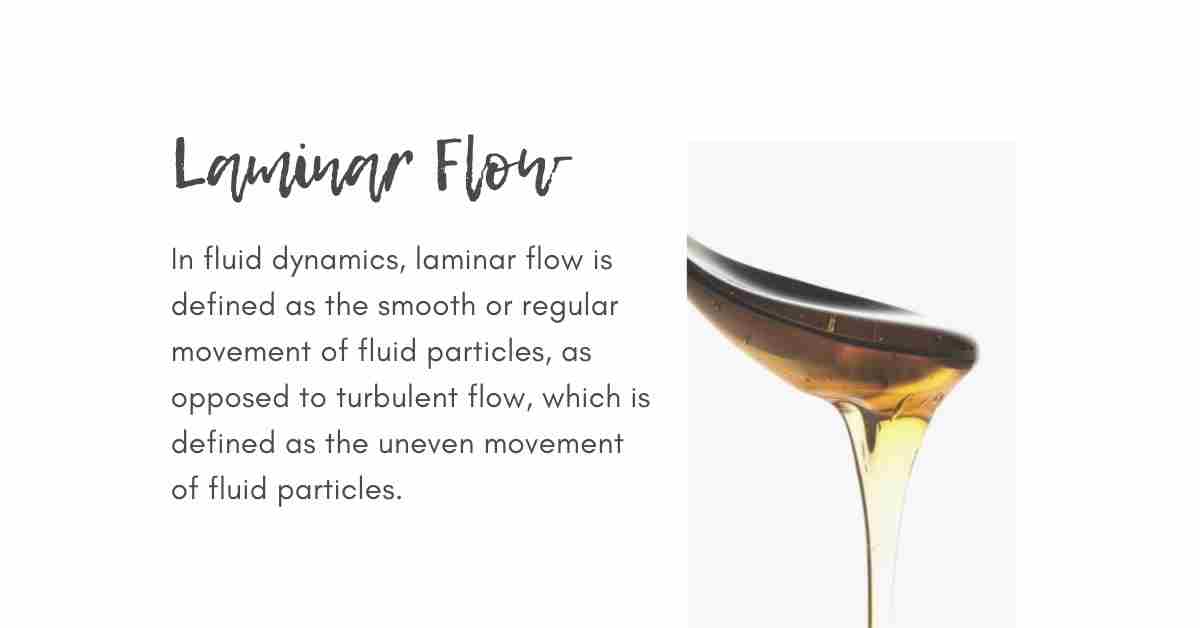Turbulent flow refers to a dynamic pattern of fluid (gas or liquid) movement characterized by erratic fluctuations and mixing, in contrast to the orderly motion observed in laminar flow. In turbulent flow, the fluid undergoes constant alterations in both speed and direction at a particular point. This phenomenon is commonly observed in the movement of wind and rivers, where even gentle currents exhibit turbulent behavior. Within this context, air or water forms swirling vortices and eddies while maintaining an overall directional flow.
Waves in the ocean, wind gusts, boiling water, smoke from a fire, mixing ingredients, and even the flow of air from a hairdryer are all examples of turbulent flow.

Table of Contents
Common examples of Turbulent Flow
- River Rapids: When you see fast-moving water in a river, with waves, splashes, and swirling motions, that’s an example of turbulent flow.
- Whirling Wind: Strong gusts of wind that make leaves rustle, blow objects around, and cause your hair to tangle are examples of turbulent flow in the atmosphere.
- Churning Ocean Waves: When waves crash and break at the beach, creating foam and swirling water, it’s an example of turbulent flow in the ocean.
- Stirring Soup: When you vigorously stir a pot of soup and observe the chaotic motion of the liquid, that’s turbulent flow in action.
- Tumbling Dryer: The clothes inside a spinning dryer tumbling and bouncing around due to the high-speed airflow is an example of turbulent flow.
- Splashing Waterfall: Waterfalls often exhibit turbulent flow as the water cascades down, creating a misty spray and turbulent currents.
- Stirring Coffee: When you stir your coffee rapidly, creating whirls and mixing motions in the liquid, it represents turbulent flow on a small scale.
- Stormy Sea: During a storm, the ocean’s surface becomes rough and agitated, with large waves, foam, and chaotic movement, showcasing turbulent flow.
Turbulence In fluid mechanics
- Turbulence is a condition in fluid mechanics where local speed and pressure change unpredictably while maintaining an average flow.
- Common examples of turbulence include wind and water swirling around obstacles, as well as fast-flowing fluids with a Reynolds number greater than 2,100.
- Turbulence is characterized by the presence of eddies, vortices, and a reduction in drag.
- The reduction in drag allows objects like golf balls to travel farther, and golf balls are designed with dimpled surfaces to promote turbulence in the boundary layer, enhancing their performance.
- Swimsuits with rough surfaces have been claimed to help swimmers move faster, potentially by encouraging turbulence in the flow.
Turbulence Flow Formula
Turbulent flow is a complex phenomenon that does not have a simple, universal formula. It involves intricate mathematical equations that describe the behavior of fluid motion in turbulent conditions. The most well-known and widely used equation in the study of turbulent flow is the Navier-Stokes equation, which represents the conservation of mass and momentum for fluid flow. The Navier-Stokes equation is a set of partial differential equations that take into account factors such as fluid density, velocity, pressure, and viscosity.
However, it is important to note that solving the Navier-Stokes equation for turbulent flow is extremely challenging and often requires the use of computational fluid dynamics (CFD) techniques or simplifications through modeling assumptions. Various turbulence models, such as the Reynolds-averaged Navier-Stokes (RANS) equations or large eddy simulation (LES) models, are used to approximate turbulent flow behavior in practical engineering and scientific applications.
Summary
- Turbulent flow is a type of fluid (gas or liquid) flow characterized by irregular fluctuations and mixing.
- In contrast to laminar flow, where fluid moves smoothly in layers, turbulent flow involves chaotic, unpredictable motion.
- The speed and direction of the fluid at a given point constantly change in turbulent flow.
- Turbulent flow is commonly observed in wind currents and rivers, even if the currents are gentle.
- Turbulent flow is associated with swirling, eddying motions within the overall flow.
- It plays a role in phenomena such as river rapids, ocean waves, and gusts of wind.
- Turbulent flow is described by complex mathematical equations like the Navier-Stokes equation.
- It is challenging to precisely predict and model turbulent flow due to its complexity.
- Turbulent flow has practical implications in various fields, including engineering, meteorology, and fluid dynamics.
More Links
Mass Flow Rate Formula
Kinematic Viscosity of Water- Simple Explanation
The Viscosity of Water| Definition of Viscosity
Diffusion Coefficient| Mass Diffusivity
Dynamic Viscosity-Formula Derivation
Critical Velocity of Fluids| Daily Life Examples
- BCl3 Lewis Structure in four simple steps - November 1, 2023
- PH3 Lewis Structure in four simple steps - October 8, 2023
- PF3 Lewis structure in four simple steps - September 24, 2023



